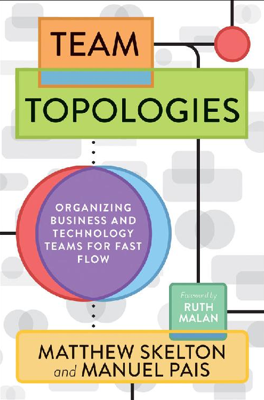Evolve Team Structures With Organizational Sensing
Importance of Organization Flexibility for Modern Software Development
Mel Conway emphasizes the necessity of flexible organization designs to effectively respond to the dynamic challenges in modern software development. The pivotal idea is not the static structure but the design rules guiding organizational adaptations to new challenges. This necessitates designing for adaptability by creating rules and heuristics that allow organizations to evolve alongside technological and market shifts.
Team Interaction Models for Optimizing Collaboration
The chapter discusses ideal collaboration levels in team interactions, distinguishing between two primary modes: collaboration and X-as-a-Service. Neither mode is inherently superior; they cater to different requirements. Collaboration accelerates innovation and reduces hand-offs at the cost of increased cognitive load. Proximity in these collaborations results in a richer mutual understanding and innovation but demands higher mental engagement from involved teams.
X-as-a-Service, on the other hand, offers clear ownership and reduces cognitive load by minimizing direct interactions between teams. It is advantageous for predictable, stable service delivery, albeit at a slower innovation pace due to the rigidity of interaction defined by APIs.
Strategic Use of Collaboration for Rapid Learning and Capability Enhancement
The decision on the extent of collaboration between teams should be strategic, factoring in the benefits of potential innovation against the cognitive load it introduces. Limited-time collaborations, particularly those aimed at developing and refining APIs, can facilitate clearer interactions between teams and foster independence in service consumption.
Case Study: Organizational Change Driven by Kubernetes at uSwitch
uSwitch's adoption of Kubernetes highlights a strategic application of changing team interaction modes to drive organizational change. By introducing Kubernetes, uSwitch aimed to reduce the cognitive load on development teams, allowing them to focus more on core functionalities rather than the complexities of the underlying technology stack. This example underscores that technology choices can and should facilitate organizational adaptation and efficiency.
Deliberate Collaboration for Enhancing Team Capabilities
Intentional, time-bound collaboration between teams with different expertise can significantly boost organizational capabilities. For instance, merging teams skilled in cloud-based software with those experienced in embedded software for a joint project can lead to mutual benefits beyond improved API interactions, such as enhanced test automation practices. This deliberate collaboration serves as a strategic approach to rapidly assimilate valuable practices and address capability gaps within teams.
